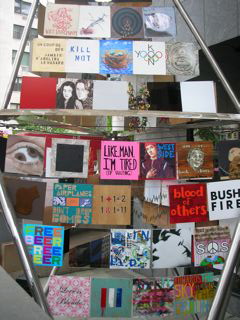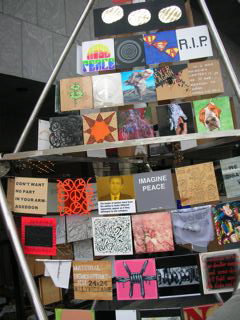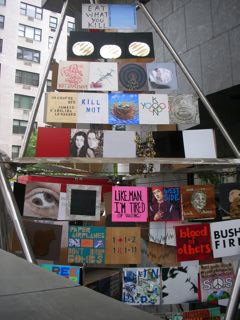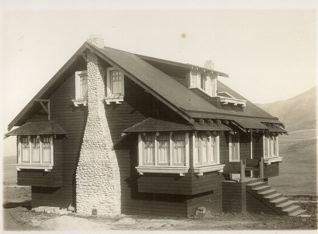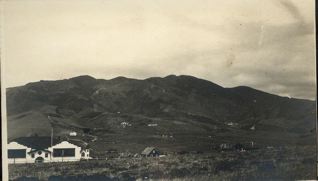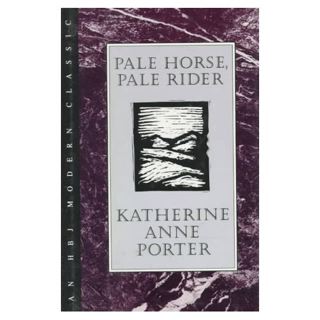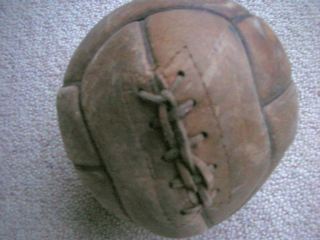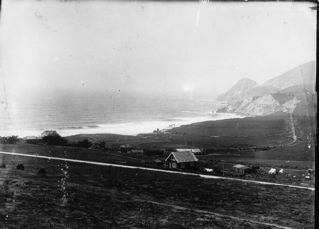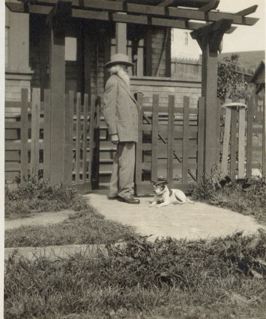NOTE: While researching old newspapers for my book called âThe Coburn Mysteryâ?– a true story of murder [unsolved] and revenge set in 19th & early 20th century Pescadero– I ran into names of many prominent Bay Area attorneys because the main character, Loren Coburn, had earned the âoverly litigiousâ? moniker.
If Loren had a problem, he sued. He sued everybody. Thatâs why thereâs so much information on his long, long life.
And being detailed oriented, I also happily found and pursued the âlittle storiesâ? I found within the big one. Tangents.
Cottage For Rent In the Montara Artistâs Colony
âCottage For Rent: The Von Suppe, Poet & Peasant Cottage of the Montara Fine Arts Colony Country Clubâ?âthatâs what the ad said that appeared in the summer 1921 issue of the Half Moon Bay Review.
(Von Suppe was a 19th century European theatrical conductor, the composer of 150 operettas. He became well known for composing the overture to âPoet and Peasantâ?.)
The Review ad described the cottage as a â5-room, rustic camping out structure, rose vine covered, dozen 10-year-old Eucalyptus trees, on Bret Harte Hill near corner of Elbert Hubbard Road and Rudyard Kipling Ave.âwithin 200 feet of spacious schoolhouse and one block from Ocean Shore Auto Blvd.âtenants preferably artists, authors musicians. Weekly $5.00â?.
Artists were directed to contact Chauncey McGovern, president of the Montara Fine Arts Club. Although we donât know if he dabbled in painting, labored over romantic poetry or composed music, McGovernâs line of work as a well known San Francisco handwriting expert made his life from ordinary.
McGovern either rode the Ocean Shore Railroad (if it was still running) or drove to his San Francisco office in the Hearst Building. There is no doubt that he knew Harr Wagner, the educator, publisher and real estate developer whose dream was to turn Montara nto an artistâs colony. Harr and wife Madge Morris, a minor California poet, hosted many literary barbecues at their home, marked by stone pillars.
Chauncey McGovernâs introduction to the Coastside may or may not have originated at Wagnerâs parties. His association with the fine arts club and cottage at Montara could also have come as a result of legal business that introduced him to Pescadero, south of Half Moon Bay.
In 1919, San Francisco attorney Charles F. Humphrey hired McGovern to verify the signature on Sarah S. Coburnâs last will. The elderly, wealthy widow had been clubbed to death in her Pescadero home in the summer of that year. The will–dated Feb. 19, 1919–was found by Half Moon Bayâs Dr. W. A. Brooke, then the county coroner, in a room adjacent to the one in which the body lay motionless.
Attorney Humphrey represented the disgruntled East Coast family members who had been omitted from the rich womanâs will. Aside from a few minor bequests to friends, the bulk of the estate was left to âstrangers in bloodâ?.
Feeling cheated out of their rightful inheritance, the East Coast relatives challenged the authenticity of Sarah Coburnâs signature.
The relatives wondered if that was even her signatureâor if she knew what she was signing. After engaging Humphreyâs legal services, papers were filed to initiate a heated will contest.
Enter handwriting expert Chauncey McGovern, also president of the Montara Fine Arts Club.
Examples of Sarahâs handwriting were turned over to McGovern to examine. These included Sarahâs handwriting on official documents and the outside of folders, to be compared with a photo of the signature that appeared on the will.
…To be continued….


